How Houston Storm Endorsements Can Protect Your Roof
By Shantell Moya · 7 months ago · 11 min read
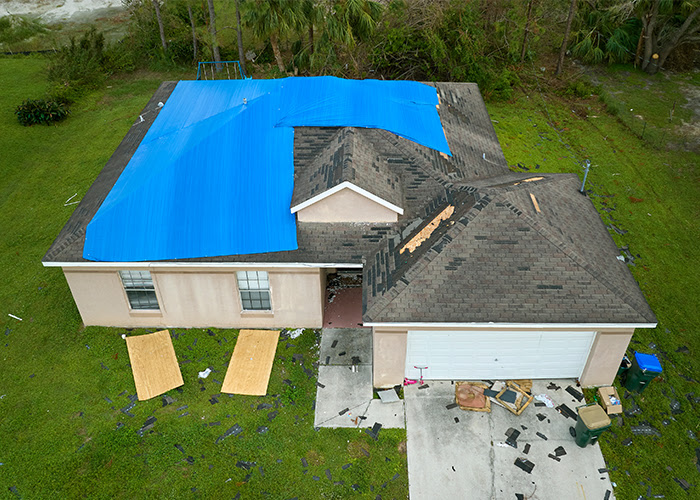
Wind and hail can pound your roof in just minutes, and the city lights dim fast behind heavy clouds. It happens before you blink. A storm endorsement is an easy add-on that also pays for damage when gusts lift shingles or hailstones crack tiles. Say your neighbor darts out for tarps after ice pummels the siding – you don’t want to join that scramble.
When you tack on the right endorsement, plus any certifications or discounts, you end up paying far less for repairs. You also get price breaks and faster claims service, two benefits that feel extra welcome even when water is dripping through the ceiling. Those savings still feel great. Ready to protect your roof before the next front rolls in? The steps below show you how to add storm coverage.
Storm systems along the Texas Gulf Coast stir warm air and moisture together. That brew brings rougher weather than you see in plenty of other places. That’s why Houston homeowners brace for hard-hitting gusts and hail bursts again and again, so lining up protection now is a total no-brainer.
Let’s talk about this together!
Why Houston Faces Severe Storm Risks
When you’re this close to the Gulf’s warm water, Houston sits right in the path of hurricanes and tropical storms. Since 1980, the city has taken on 12 big rain events, five hurricanes, and five tropical storms. These systems have started arriving earlier lately.
When storms roll through Houston, they slam into roofs and streets with extra stored heat pushing behind them. The Gulf works like a giant engine. It gives these weather systems more time to bulk up before they reach your block. Plenty of homeowners end up having to replace their roofs several times over the years.
Look at Maria. She swapped out her shingles three times in ten years, and each new storm added a few more repairs to her bill, and the costs piled up fast. Her basic insurance covered only part of the damage, so she wrote personal checks for thousands more.
Climate change piles on. Warmer Gulf water also brings stronger winds and heavier downpours. Last season alone, Houston saw a Level 2 storm threat, while towns east of Livingston pushed into Level 3 territory. It hit hard.
Your roof feels those changes first. Living here means anything from torn-off shingles to hail hits can show up during storm season. A standard homeowner policy falls short when storm damage rolls in, so add a storm endorsement for a stronger safety net.
Fast growth around the city brings another twist – new buildings create wind tunnels that raise the danger. Fresh high-rises and wide boulevards shift how air moves, and that change can turn a middling storm into one that tears through roofing materials.
Check your coverage before the next system spins up.
How Windstorm Endorsements Strengthen Coverage
Most Houston homeowners don’t know their standard policy leaves a storm-sized gap. That gap can sneak up fast. Basic insurance covers fire, theft, and some kinds of water damage. When hurricane winds rip through town, it’s just a whole different story. Windstorm endorsements close that gap. They add coverage for damage caused by strong winds and hail – a real need in Houston, since big storms roll through every few years.
Next comes the named storm deductible. It’s usually higher than your day-to-day deductible, and it kicks in once the National Weather Service tags a system with an official name. If you haven’t planned ahead, you’ll be on the hook for thousands more. No one wants that surprise.
Texas law makes this add-on mandatory in some ZIP codes. The Texas Windstorm Insurance Association, or TWIA, sets extra rules. I was talking with a homeowner after Hurricane Nicholas. He figured his normal policy would cover the roof damage. It didn’t. The repair bill hit $14,000, and he had to pay every dime himself. Senate Bill 477 also moved a few deadlines to get your roof certified.
If you miss those windows, the carrier can deny your claim even if you bought the endorsement. Where you live drives your level of exposure, so someone in Katy faces different requirements than a neighbor in Galveston. The nearer you are to the coast, the more you’ll want this extra layer of coverage. That extra safety net lets you rebuild faster after a massive storm. The application process takes time, so get started before hurricane season shows up. Carriers usually stop writing new windstorm policies the instant a storm heads into the Gulf.
So act before clouds even form.
Impact-Resistant Roofing And Insurance Discounts
Pick a storm-tough roof for your Houston home, and you just get two bonuses immediately. It also protects the house better and trims your monthly costs. For a shingle or metal panel to earn a hail-resistant label, it needs to pass strict lab tests.
The common test called UL 2218 sorts products into Classes 1 through 4. Class 4 is the top tier. Testers drop a two-inch steel ball from 20 feet, and the material can’t even crack. That ball is no joke. Insurers respect that level of toughness.
Metal roofs, polymer shingles, and SBS modified asphalt land in that top class. Those options cost more on day one. But they pay you back over time.
Texas law even makes carriers hand out premium breaks when a roof meets that high standard. Those breaks can be big. Plenty of Houston owners shave anywhere from 5 to 35 percent off what they pay each year. The exact cut hinges on your company and even your neighborhood.
One local homeowner told me her new metal roof sounds like light drum beats in a rainstorm. It also slashed her premium by 20 percent. Hard to argue with that trade-off. Call your agent and then ask if the discount sticks around if you ever file a claim. Some policies quietly drop the deal after the first repair. Also, double-check if cosmetic damage counts. No one wants that surprise.
Plenty of providers still cover only leaks and holes, not dents or scuffs, so read the fine print if you want full coverage.
Certification And Inspection Steps That Matter
Call the Texas Department of Insurance first and grab their list of approved windstorm inspectors. These inspectors know the exact roof standards, so you can tap into their expertise instead of memorizing code books.
During the visit, the inspector checks the materials, how they’re attached, and how tough the roof is. Ask questions on the spot to get down-to-earth advice while you’re up there together. Once the inspector signs off, grab the needed forms and send everything to TDI.
Snap sharp photos from every side of the roof and stash them in a dedicated album on your phone so you can pull them up in seconds. Move fast – submit your WPI-8 application right after construction or repairs wrap up.
If you wait until hurricane season hits, you add stress and can clog the approval queue. When you’re looking to replace just a section of the roof later, schedule another inspection right afterward, or your coverage can disappear without warning. For a brand-new home, double-check your builder is handling the certification before you close. If you’re about to renovate an older place, fold the certification into your project timeline from day one.
Skip this paperwork, and the Texas Windstorm Insurance Association leaves you on the hook for every repair after a storm – why take on that bill when a quick call and a few photos can protect you?
Claim Filing After Serious Storm Damage
Act fast when a storm rips into your roof. Call your insurance company once you spot the damage so the claim clock starts and you stay within the 15-day Texas deadline. Snap lots of photos and shoot a quick video before you move a single shingle – those images back up your story when the adjuster shows up. Water dripping through the ceiling? Throw up a tarp or patch the spot to stop more harm.
Tuck every receipt into a safe place for reimbursement. Your policy expects you to keep the problem from getting worse. When you have storm endorsements lined up before bad weather hits, it takes a big chunk of stress off your plate. Say you have to manage the kids, the leaks, and your insurer all at once – extra protection means fewer hoops to jump through when you’re already juggling enough.
Be there when the adjuster walks the property. Point out every nick, dent, and missing shingle instead of hoping they find these on their own. Plenty of homeowners lose coverage dollars because they let the adjuster tour solo.
Every dollar counts, no kidding, so round up at least two or three repair bids from contractors with the right license – multiple quotes give you some bargaining power and help you skip paying extra for the same fix. Some pop-up crews chase storms and push fast jobs that hide future problems.
Be careful if someone waves an Assignment of Benefits form in front of you. Sign too early, and it hands contractors full control of your claim. Plenty of Houston homeowners later found they couldn’t complain about sloppy work.
Write down every conversation with your insurer – the name, the date, and what was said. That easy log can save you tons of grief if you end up arguing about what was promised.
Long-Term Savings And Added Value
Just look at dollars and cents first. At the start, a Class 4 hail-resistant roof just costs a bit more. Save $300 on premiums every year for a decade, and you pocket three grand in your wallet. That stacks up fast!
When you live in Houston, hail is a real threat. The average claim sits around 11,000 dollars – money you would have to find if your policy doesn’t completely cover the roof. Do you want to pull that chunk of cash from your emergency fund?
Storm endorsements can also raise resale value. Buyers like to see a roof warranty that moves with the house. One homeowner in Katy walked away with 15,000 dollars above asking last year because his roof carried fresh certification and full storm backing. When you go without coverage, it looks cheaper right up until a big storm rolls through. In that instant, the cost to cut corners still shows up fast. A reliable endorsement that pays replacement costs shields you no matter how old the shingles are.
Plenty of homeowners go with bare-bones plans to trim monthly bills. That choice backfires when a 15-year-old roof gets hit and the insurer covers only a slice of the replacement. You end up forced to stare at a large balance and a pounding headache.
The strongest endorsements pay the full replacement price instead of the depreciated value. That gap grows wider every year your roof ages. With replacement coverage, you receive the entire amount you need to put on a brand-new roof. Plain comfort, right there.
A Secure Home Starts with a Solid Roof
Strong roofing, fresh wind data, and solid insurance coverage give you extra breathing room before the next Gulf storm shows up. We’ve seen how wind research and policy fine print work together. Tough shingles built to take a hit steady your nerves when clouds roll in. Say a band of storms sweeps across the sky – feel the comfort that sturdy shingles and well-chosen coverage bring. That feels safer.
When you match the push of high winds against your roof with the payouts in your policy, it turns a house into a safe haven. No one wants last-minute panic. That confidence kicks in once the gusts start. None of us wants to flip through pages of legal wording while hail pounds the gutters. So it helps to get answers early and make homeownership less stressful. Homeowners who go over the main points early lower long-term costs. They also carry a steady confidence in their roof’s ability to ride out rough weather.
Give your insurance agent a quick call and double-check that your windstorm endorsement still checks out. Need a roofing crew to back up that paperwork? Roof Republic is ready. Our Texas team confidently takes on projects all over Greater Houston, from Magnolia and Tomball to Cypress, Conroe, and everywhere in between.
Protect your investment and your safety, and let people who eat, sleep, and breathe storm repair take care of the roof. Reach out for a free inspection, and we’ll treat your home with the down-to-earth care it deserves.
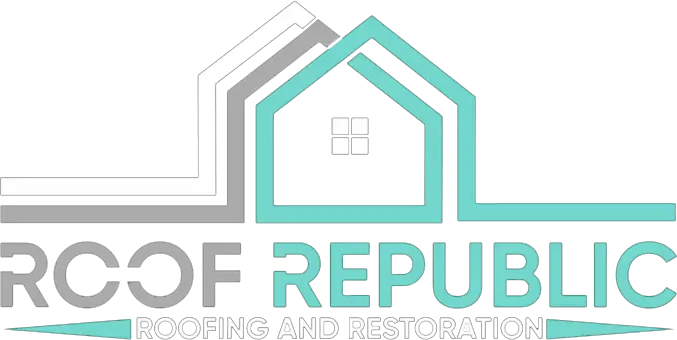


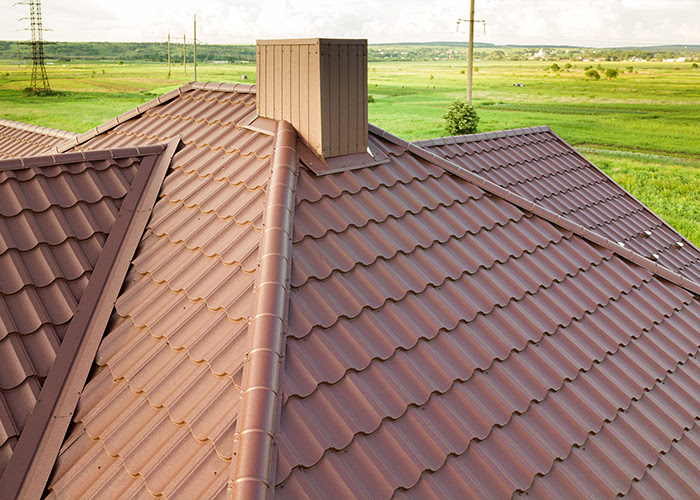

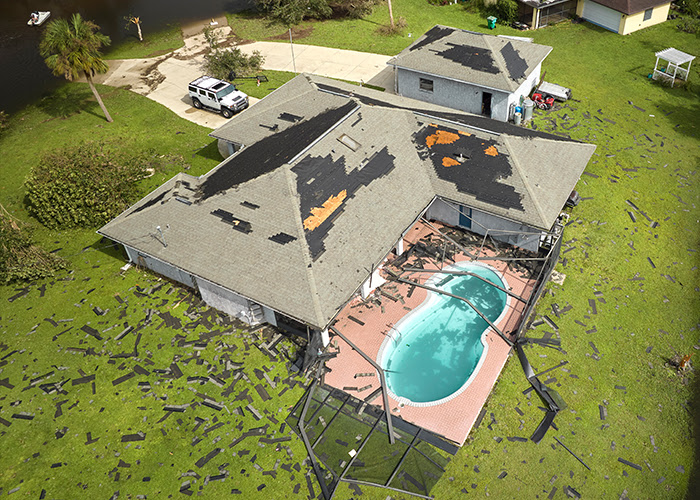


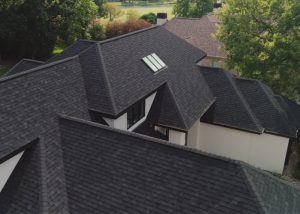
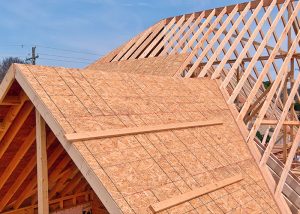

Comments
Sort by: